
Heliox: Where Evidence Meets Empathy 🇨🇦
Join our hosts as they break down complex data into understandable insights, providing you with the knowledge to navigate our rapidly changing world. Tune in for a thoughtful, evidence-based discussion that bridges expert analysis with real-world implications, an SCZoomers Podcast
Independent, moderated, timely, deep, gentle, clinical, global, and community conversations about things that matter. Breathe Easy, we go deep and lightly surface the big ideas.
Curated, independent, moderated, timely, deep, gentle, evidenced-based, clinical & community information regarding COVID-19. Since 2017, it has focused on Covid since Feb 2020, with Multiple Stores per day, hence a sizeable searchable base of stories to date. More than 4000 stories on COVID-19 alone. Hundreds of stories on Climate Change.
Zoomers of the Sunshine Coast is a news organization with the advantages of deeply rooted connections within our local community, combined with a provincial, national and global following and exposure. In written form, audio, and video, we provide evidence-based and referenced stories interspersed with curated commentary, satire and humour. We reference where our stories come from and who wrote, published, and even inspired them. Using a social media platform means we have a much higher degree of interaction with our readers than conventional media and provides a significant amplification effect, positively. We expect the same courtesy of other media referencing our stories.
Heliox: Where Evidence Meets Empathy 🇨🇦
🦠 The Invisible War We’re Not Fighting: What “The Big One” Teaches Us About Survival
Please see the corresponding Substack for this episode
We live in a world that has become extraordinarily good at forgetting. Not the forgetting of trauma—though we do that too—but the forgetting of lessons, the systematic erasure of hard-won knowledge the moment the immediate crisis passes. We're like Penelope at her loom, weaving understanding by day only to unravel it by night, except we're not doing it strategically. We're doing it because we simply can't bear to remember.
The fictional scenario of "The Big One"—a SARS-CoV-3 outbreak beginning in East Africa and spreading globally within weeks—isn't meant to terrify us into paralysis. It's meant to wake us up to a reality we're already living in but refuse to see: we've built a world that is, quite literally, a biological mixing bowl with a side of viral mutation factory. And the recipe? Population density four and a half times what it was in 1918, air travel that connects continents faster than many viruses can incubate, and our relentless push into natural habitats where these pathogens originate.
We didn't just invite the viruses in. We built them a highway system.
The Big One: How We Must Prepare for Future Deadly Pandemics
Available for Broadcast on PRX
This is Heliox: Where Evidence Meets Empathy
Independent, moderated, timely, deep, gentle, clinical, global, and community conversations about things that matter. Breathe Easy, we go deep and lightly surface the big ideas.
Thanks for listening today!
Four recurring narratives underlie every episode: boundary dissolution, adaptive complexity, embodied knowledge, and quantum-like uncertainty. These aren’t just philosophical musings but frameworks for understanding our modern world.
We hope you continue exploring our other podcasts, responding to the content, and checking out our related articles on the Heliox Podcast on Substack.
About SCZoomers:
https://www.facebook.com/groups/1632045180447285
https://x.com/SCZoomers
https://mstdn.ca/@SCZoomers
https://bsky.app/profile/safety.bsky.app
Spoken word, short and sweet, with rhythm and a catchy beat.
http://tinyurl.com/stonefolksongs
Curated, independent, moderated, timely, deep, gentle, evidenced-based, clinical & community information regarding COVID-19. Since 2017, it has focused on Covid since Feb 2020, with Multiple Stores per day, hence a large searchable base of stories to date. More than 4000 stories on COVID-19 alone. Hundreds of stories on Climate Change.
Zoomers of the Sunshine Coast is a news organization with the advantages of deeply rooted connections within our local community, combined with a provincial, national and global following and exposure. In written form, audio, and video, we provide evidence-based and referenced stories interspersed with curated commentary, satire and humour. We reference where our stories come from and who wrote, published, and even inspired them. Using a social media platform means we have a much higher degree of interaction with our readers than conventional media and provides a significant amplification effect, positively. We expect the same courtesy of other media referencing our stories.
Welcome to the deep dive. We're your shortcut to instant expertise. Today we're looking at excerpts from a really compelling piece called The Big One. It's fiction, yes, but it uses this scenario, a new virus, SARS-CoV-3, starting in East Africa and just exploding globally thanks to air travel to highlight the lessons from COVID-19 we seem to have missed. Our goal here is to give you that crucial understanding. Why are we still, frankly, not ready for the next big one? And what needs to change, like right now? And the stakes, we have to be clear, are enormous. Just think back. HIV over decades killed around 42 million people. COVID-19 in just its first three years took upwards of 20 million lives worldwide. Now imagine another airborne virus, maybe even more virulent. The timeline could be so much shorter, the impact. Potentially far worse. It feels like the way we live now, the modern world, is almost designed for this. Yeah. What are those sort of structural things that make us so vulnerable? Yeah, the research puts it starkly. We've essentially built this incredibly efficient biological mixing bowl. And at the same time, it's a highly productive factory for viral mutation. Why? Well, think about it. Our population is massive now, four and a half times what it was in 1918. Air travel connects continents faster than many viruses even incubate. Plus, we keep pushing into natural habitats closer to where these viruses originate. We're practically inviting them in. So the environment's primed for it. But even with that risk, the source material suggests our biggest failing during COVID wasn't just biological. It was scientific, specifically around understanding how it spread. Absolutely. That delay in recognizing and really emphasizing airborne transmission, you know, aerosols, not just big droplets, was a critical, maybe the critical failure early on. SARS-CoV-2, the original one, was what they call a stealth infector. It was spreading from people before they showed symptoms or even if they never showed symptoms at all. And that characteristic, that invisible spread, is exactly what the fictional SARS-CoV-3 has because that's the hardest thing to stop. Okay. If the threat is airborne and invisible, what should our starting point be next time? Our default assumptions. It has to be the precautionary principle. That's the fundamental rule we need to embed. Basically, act as though any new infectious agent spreads easily through the air. Assume it. Plan for it. You act like it's airborne until you have solid proof it's not. The authors argue, and I think convincingly, it's much safer and less costly to start strong and maybe ease up later than to start weak and try to catch up when it's already out of control. That needs to be the default. And if we don't start with that principle, we risk falling into that trap of, what was the term, hygiene theater. Exactly, hygiene theater. Spending huge amounts of effort and money on things that look good make people feel safer but do very little against tiny aerosols floating in the air. Remember all the intense focus on scrubbing surfaces? or those plastic screens they put up everywhere. Right, the plexiglass barrier. Yeah. If you could smell someone's perfume or smoke through that barrier, it wasn't stopping the virus aerosols either. It gave a full sense of security. So where did things like basic surgical masks or cloth masks fit into that? Were they part of the theater too, in a way? Largely, yes. Yeah. When it comes to aerosol protection. The analogy in the book is harsh but accurate. Using a typical surgical mask against aerosols is like, and I quote, putting a screen door on a submarine and expecting it to keep water out. Wow. Okay. It just doesn't work for those smallest particles. The only thing widely available that offers real protection because it filters and needs to fit tightly is the N95 respirator. We should have been focused on teaching people how to get and use those properly from the very beginning. Okay, let's pivot from the science to the policy. The pre-2020 pandemic plans, they didn't really envision things like lockdowns across whole communities or mandatory masks outside of, say, a doctor's office. So when those things happened, it was chaotic. It was reactive and often driven more by politics than by established public health strategy. Take border closures. Closing borders sounds decisive, right? But the reality is for respiratory viruses, these viruses with wings, as the book calls them, it's almost always too late. By the time you even know about a new airborne threat, it's likely already seeded itself in multiple countries thanks to air travel. It's damage control theater. mostly. And for the interventions that might actually be needed, like targeted restrictions, the analysis stresses needing, what, four key things to justify them? It sounds like it boils down to respecting liberty while ensuring effectiveness. That's right. Any mandate, any NPI needs solid justification. Is there reasonable evidence it will work? Is it targeted based on actual on-the-ground facts? Is it flexible? And crucially, are you being totally transparent about why it's needed and when it will be lifted? Without that clear communication and rationale, you lose public trust almost immediately. And nothing seemed to ignite more debate than closing schools. The risk calculations changed over time, too, right? Early on, maybe less risk perceived for kids, but then variants like Delta and Omicron? Yes, the risk profile did change, with later variants causing more severe illness in children than initially seen. It was an incredibly difficult decision with huge consequences. But the implementation often made things worse. You had massive disparities with remote learning, hitting some communities much harder than others. And then even when schools reopened, the measures were often illogical. You'd have kids wearing loose cloth masks, which we just said offer almost no real protection. Right. But then they'd be allowed to crowd together maskless in the cafeteria. It didn't make sense. And it undermined the very basis for the mask. Which brings us back to that core test for policymakers mentioned in the research. The juice must be worth the squeeze. Exactly. If you're asking the public to make significant sacrifices, closing a business, keeping kids home, restricting movement, you need to show compelling evidence of a clear, specific benefit, not just a vague, it might help. And it becomes really hard to justify forcing everyone to wear, say, cloth masks when the evidence strongly suggests only well-fitted N95s are truly effective against aerosols. And you know most people won't or can't use those correctly all the time. The benefit just doesn't seem to outweigh the restriction in that case. OK, let's shift to the medical side, the countermeasures. Vaccines, treatments, testing. These are meant to be our best weapons, but even there we saw delays in limitations. Yeah, looking ahead, especially thinking about future vaccine mandates for similar viruses, we need to be really clear-eyed about those four factors. Safety, effectiveness, how long protection lasts, the durability and public acceptance. The COVID mRNA vaccines were, I mean, Technological marvels for preventing severe disease and death, absolutely. But their protection against just getting infected, that waned pretty quickly, you know, after four to six months for many. And they didn't stop transmission nearly as much as hoped. Which makes widespread mandates for future vaccines tricky, unless they're fundamentally better at providing lasting protection and actually reducing spread significantly. Oh. So what's next on the horizon for countermeasures? Well, the big pushes are towards two things. First, broadly protective vaccines. Think one shot that covers multiple flu strains or a vaccine effective against all sorts of coronaviruses, not just one variant. And second, maybe even more revolutionary, are mucosal vaccines. These are often nasal sprays. The goal there is totally different. Stop the virus right where it enters, in your nose and throat, before it gets into your system, before you can easily spread it. That would be a game changer. But developing and making these things requires huge capacity. And the research points out a major problem. The market just isn't set up for it. Companies are actually getting out of this space. It's purely economics. Developing antivirals or maintaining massive surge vaccine capacity is incredibly expensive, and the payoff is uncertain. It might sit unused for years. Compared to something like cancer drugs, a market projected to be worth over half a trillion dollars soon, the business case for pandemic preparedness just isn't there for private industry alone. We saw major players like Janssen Shell promising antiviral research. They can't justify the investment long term. So if industry won't do it alone, the proposal is government needs to step in, almost like it's funding defense. Precisely. Adopt the military procurement model. The Department of Defense doesn't wait for a war to start before ordering an aircraft carrier. They fund its development and guarantee its purchase years in advance. Governments need to do the same for pandemic tools. Use contingent financing. Guarantee purchase agreements for vaccines and treatments before the crisis hits. This gives companies the security to build and maintain that manufacturing infrastructure globally, keeping it warm, ready to scale up instantly when, not if, the next threat emerges. We can't afford to build it from scratch every time. Which brings us to maybe the most difficult failure, communication. All the best science, all the manufacturing capacity. It doesn't mean much if people don't trust the message or the messengers. This was a huge problem. You had major bodies like the WHO and CDC initially downplaying or outright denying airborne spread, which created massive confusion and eroded trust right away. Then you had a flood of, frankly, bad studies from people who weren't experts in the field getting way too much airtime. And the media landscape. You had commentators like the fictional doctor in the book, Peter Minnickle, who were consistently wrong but somehow kept their platforms, adding to the noise and contradiction. It makes it easy for people to think officials are just flip-flopping when advice changes."First you said this, now you say that." Exactly. And that's a failure to communicate how science actually works. It evolves. Public health leaders need to be upfront about that. Yeah. They need to say, look, based on what we knew last week, this was our best advice. But new data came in. Here it is. And now we understand things better. So we're adjusting our approach. Here's why. It's an iterative process. Learn, adapt, explain. It's not flip-flopping. It's responding to new information. We need leaders brave enough to explain that uncertainty and evolution. That transparency seems critical, especially when you look at some of the stark data presented in the source about the political divide. It mentions an objective finding. Yes, a very sobering epidemiological finding. It showed that in the U.S., political affiliations specifically, how strongly Republican a county leaned was directly correlated with lower vaccination rates and higher death rates from COVID-19. The redder the county, the higher the loss of life, statistically. How does that happen? How does public health become so politically polarized? It's a catastrophic communication breakdown. When public health messages get tangled up in political identity, people stop listening to the science and start listening to their tribe. Officials failed to effectively explain the why behind the recommendations in ways that cut across those divides. For instance, why was gathering outdoors for a protest generally lower risk than packing into an indoor political rally? If you can't clearly explain the difference in risk between dispersed outdoor air and stagnant recirculated indoor air, in simple terms everyone can grasp, regardless of their politics, you lose. The virus exploits that division. So wrapping this up for you, the listener, What are the absolute must-dos coming out of this, preparing for that next big one? It really comes down to a few key things. Prioritize high-filtration masks like N95s and ensure people know how to use them. Make the precautionary principle assume airborne spread first the absolute default. Fix the broken market for vaccines and treatments using that military style guaranteed funding model. And maybe most importantly, rebuild that communication pipeline with radical transparency and consistency. Acknowledge uncertainty. Explain the evolving science. Because if we don't learn these lessons, the cost is almost unthinkable. The scenario in the big one projects things like life expectancy dropping nearly seven years in developed nations. A global recession far deeper than what COVID cost. That's the stark price of ignoring the warnings. It is. And maybe the final thought to leave you with, the most challenging one from the source material, is this. This isn't just about science anymore. The book argues that we're now dealing with anti-science as a powerful sociopolitical movement. It actively works to undermine trust in things that have saved millions of lives, like basic antibiotics and vaccines. So preparing for the big one isn't just about having the right masks or factories. It requires confronting this deep polarization and figuring out how public health and political leaders can actually rebuild trust and work towards a common goal. Because until that fundamental trust is repaired, the virus, whatever it is, will always find the cracks in our society. It will always have an advantage.
Podcasts we love
Check out these other fine podcasts recommended by us, not an algorithm.

Hidden Brain
Hidden Brain, Shankar Vedantam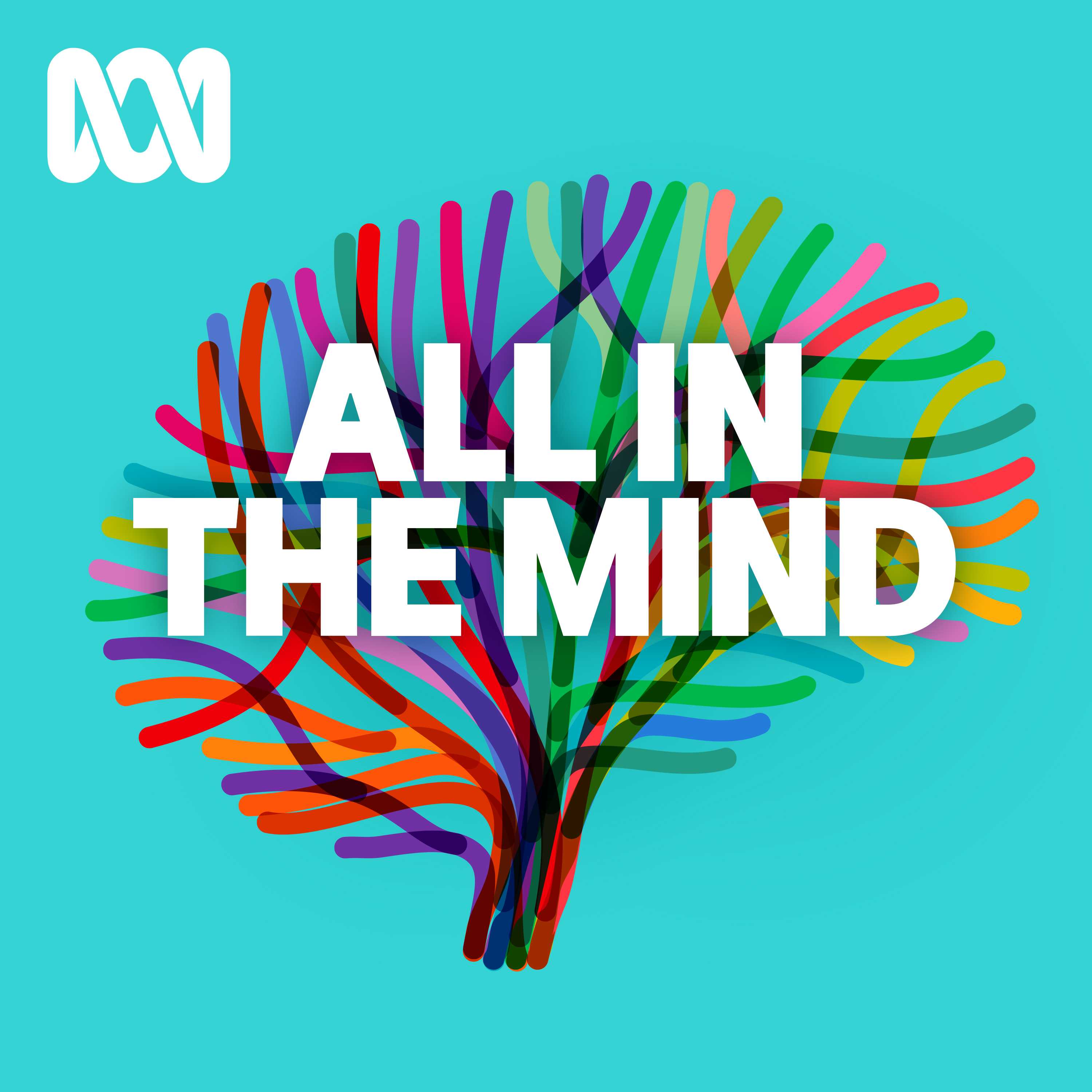
All In The Mind
ABC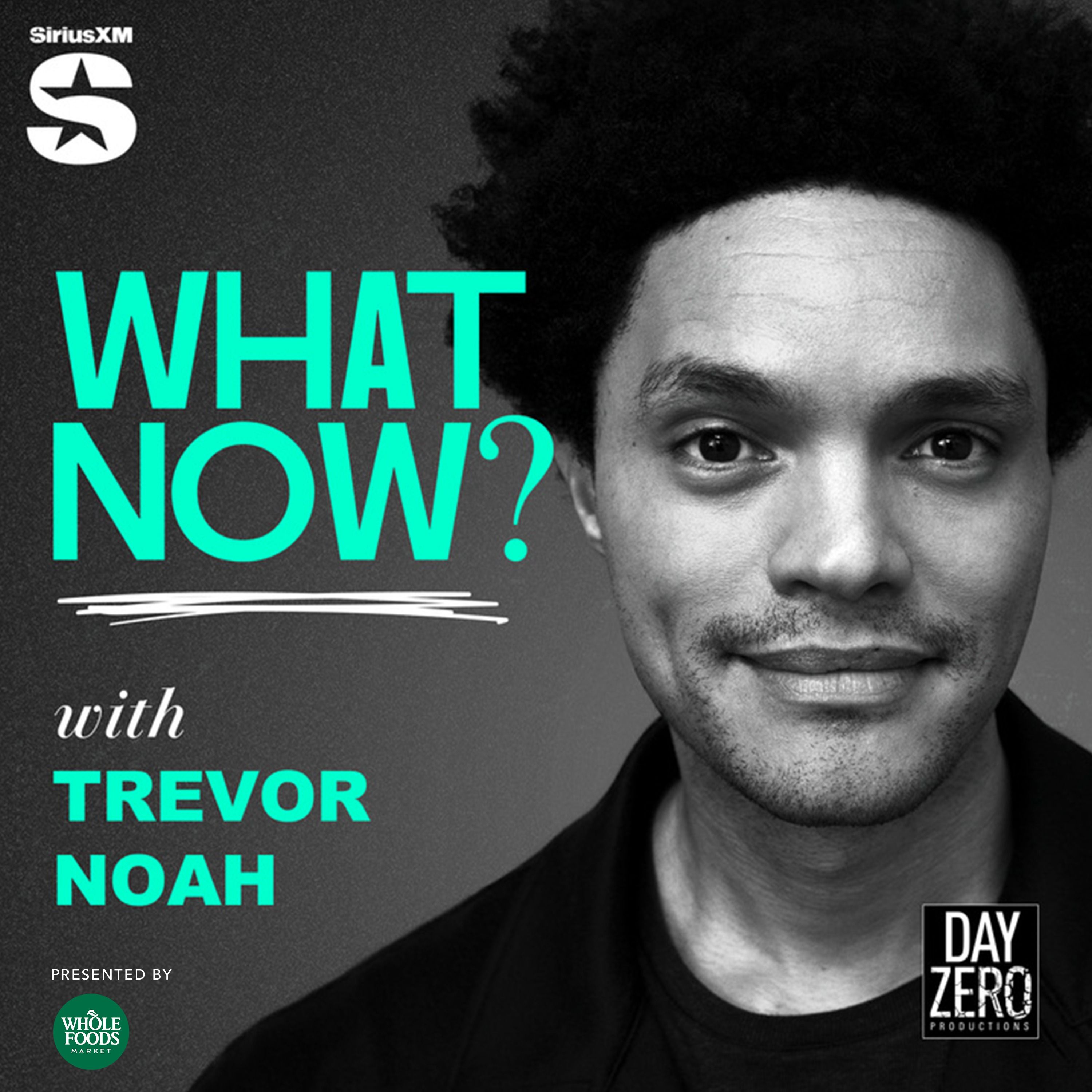
What Now? with Trevor Noah
Trevor Noah
No Stupid Questions
Freakonomics Radio + Stitcher
Entrepreneurial Thought Leaders (ETL)
Stanford eCorner
This Is That
CBC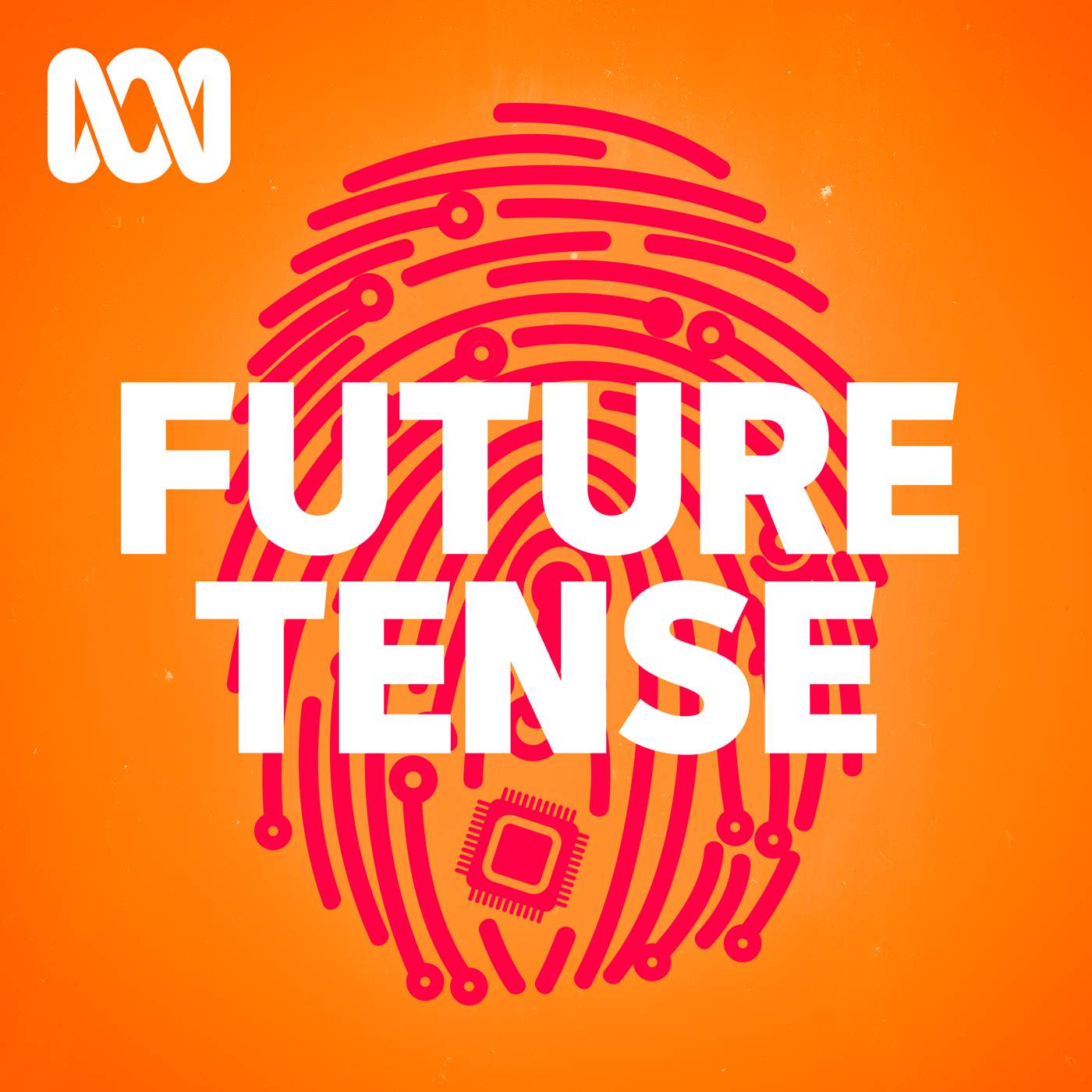
Future Tense
ABC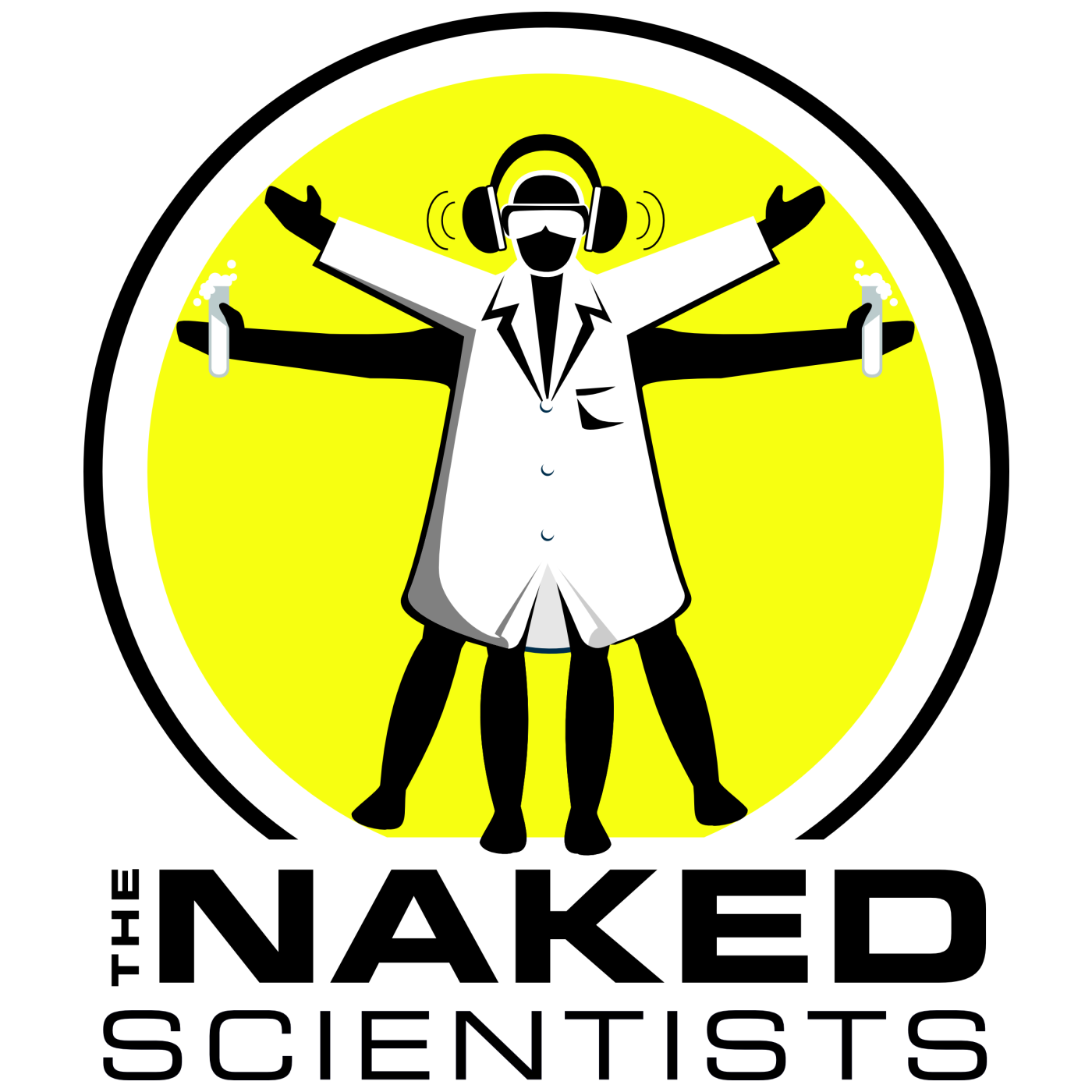
The Naked Scientists Podcast
The Naked Scientists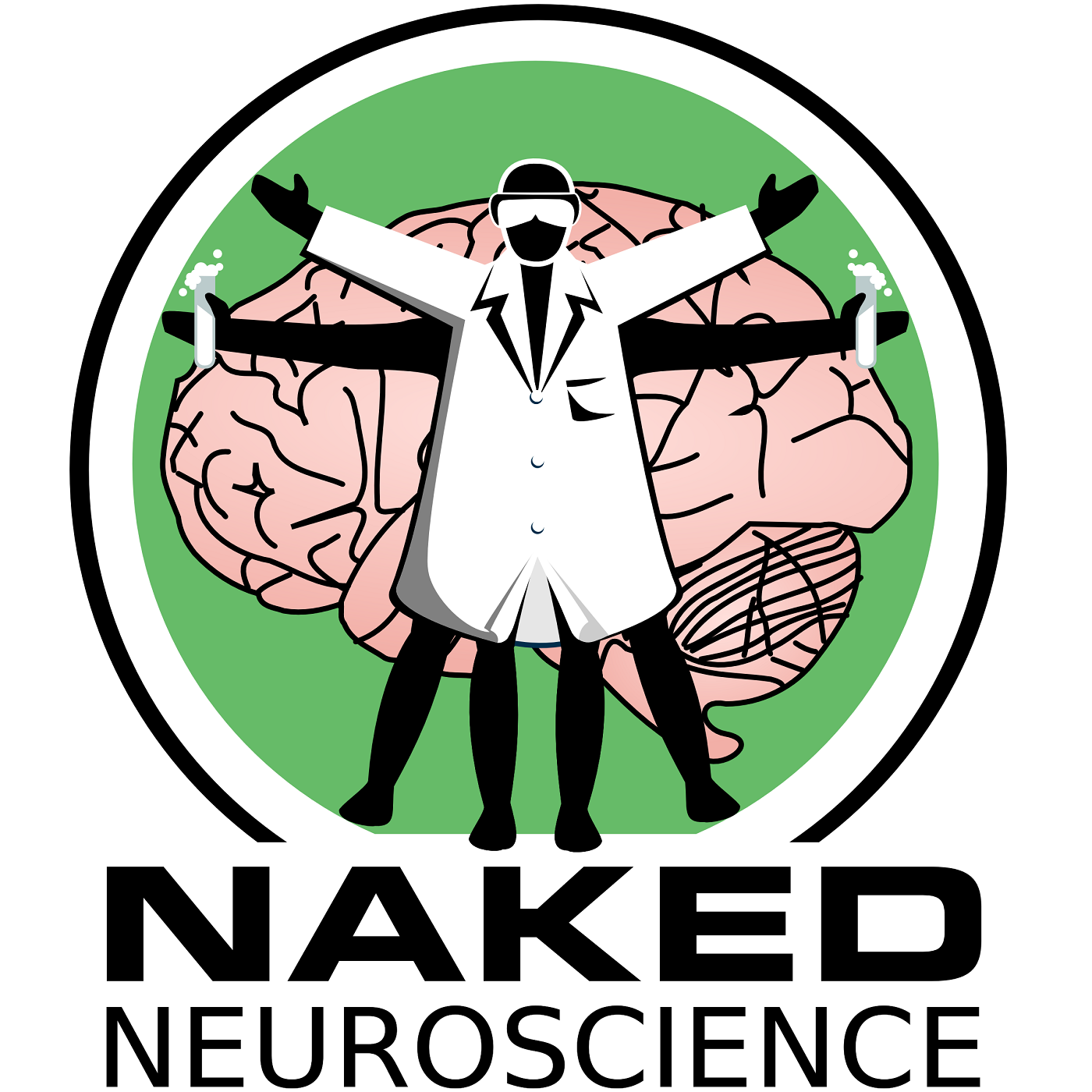
Naked Neuroscience, from the Naked Scientists
James Tytko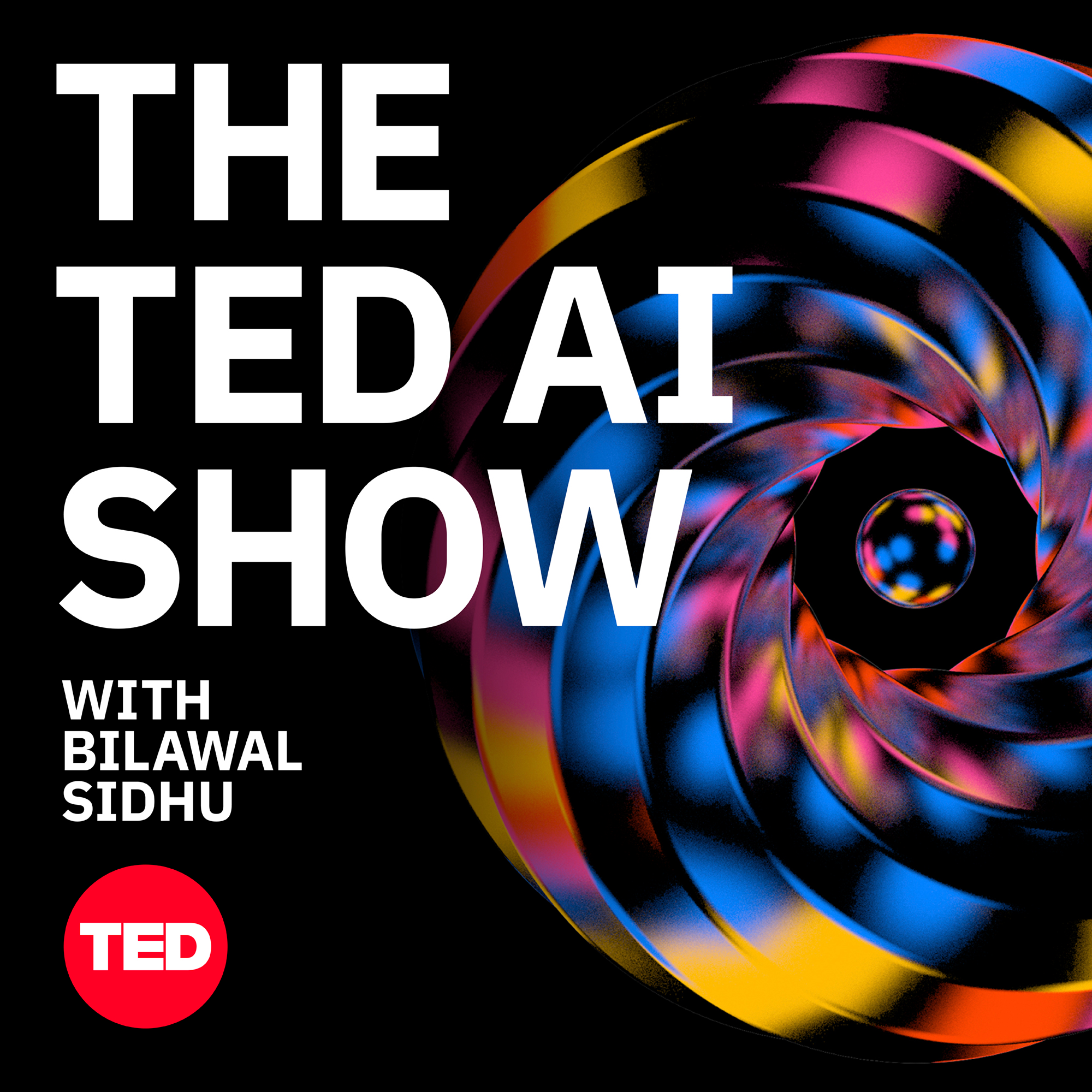
The TED AI Show
TED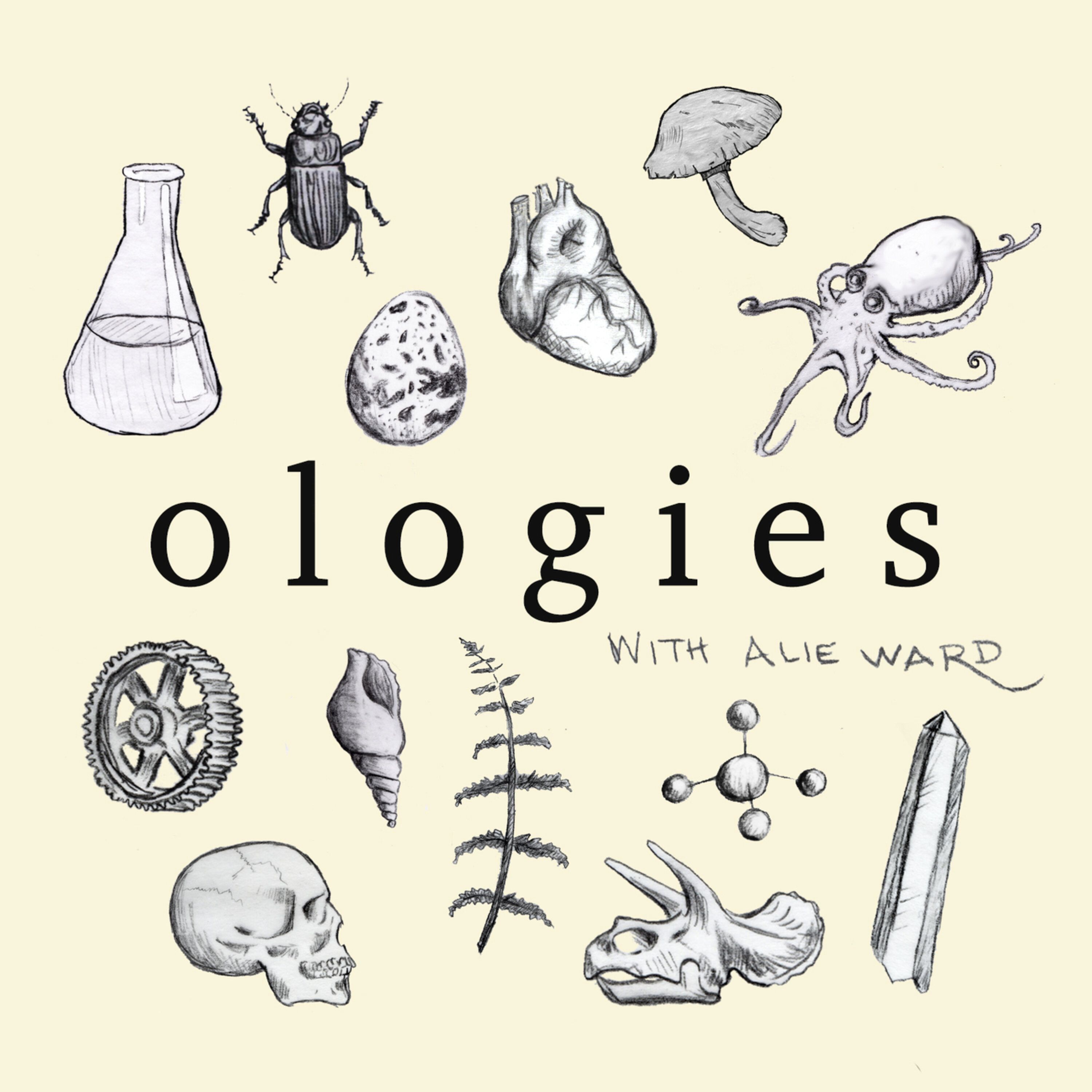
Ologies with Alie Ward
Alie Ward
The Daily
The New York Times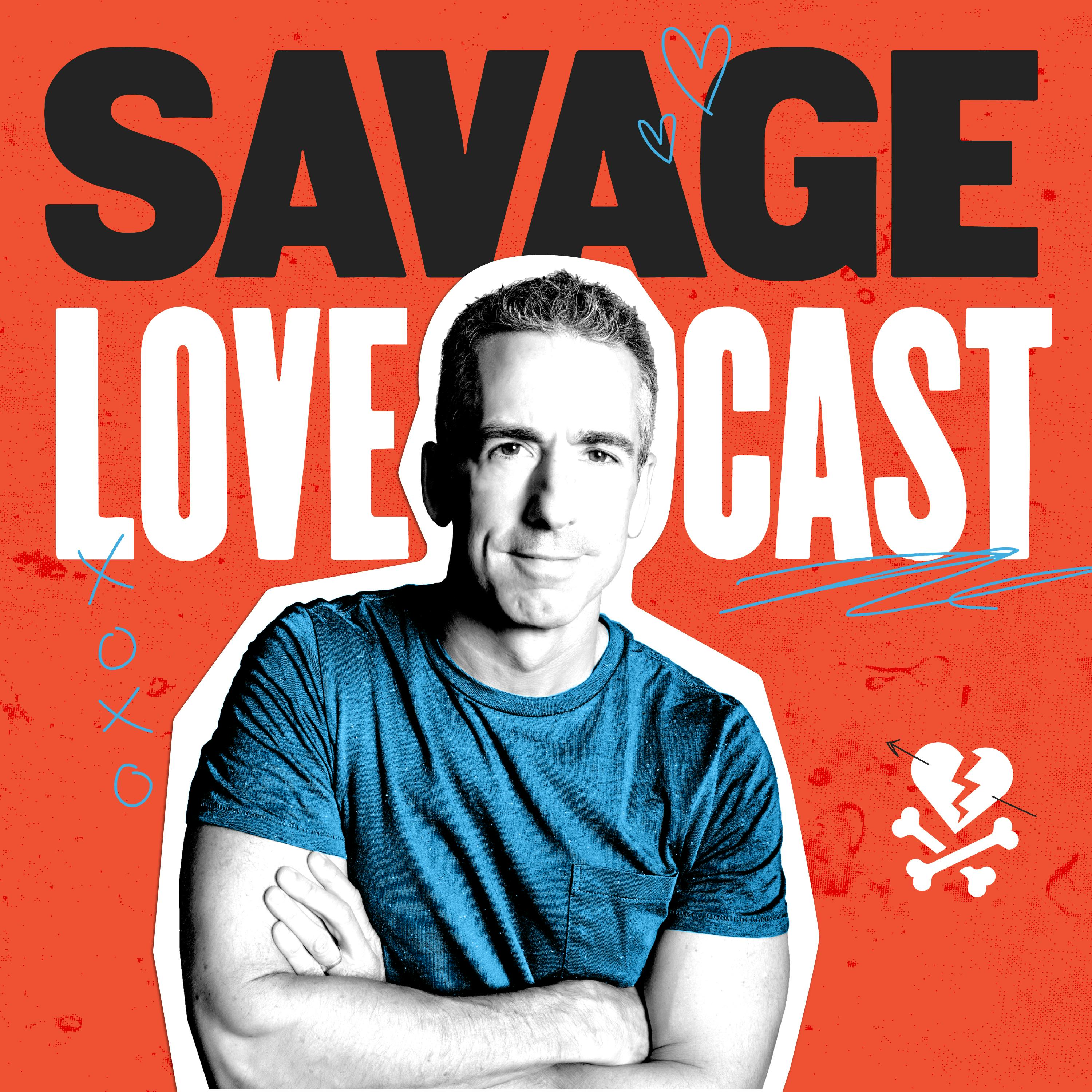
Savage Lovecast
Dan Savage
Huberman Lab
Scicomm Media
Freakonomics Radio
Freakonomics Radio + Stitcher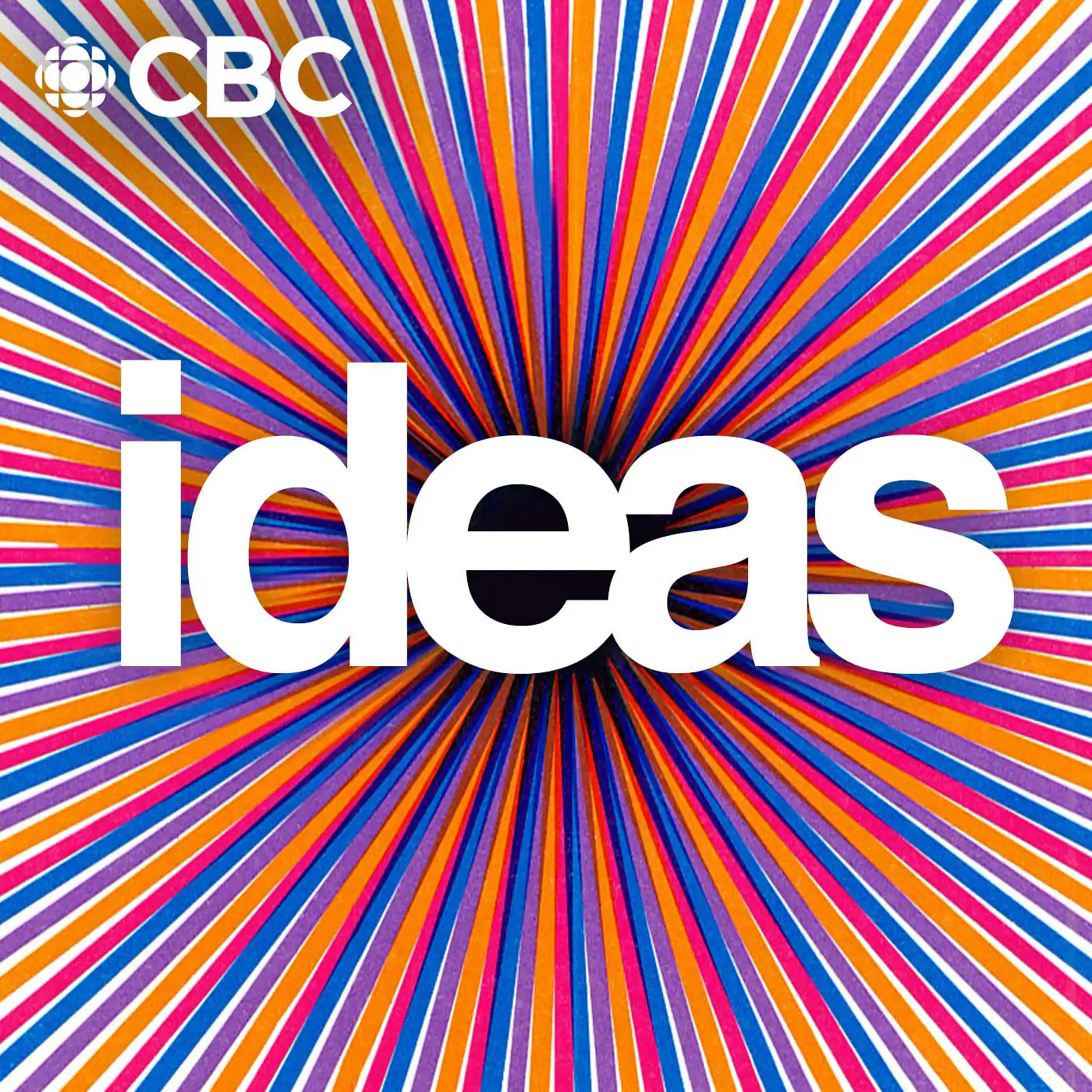
Ideas
CBC

